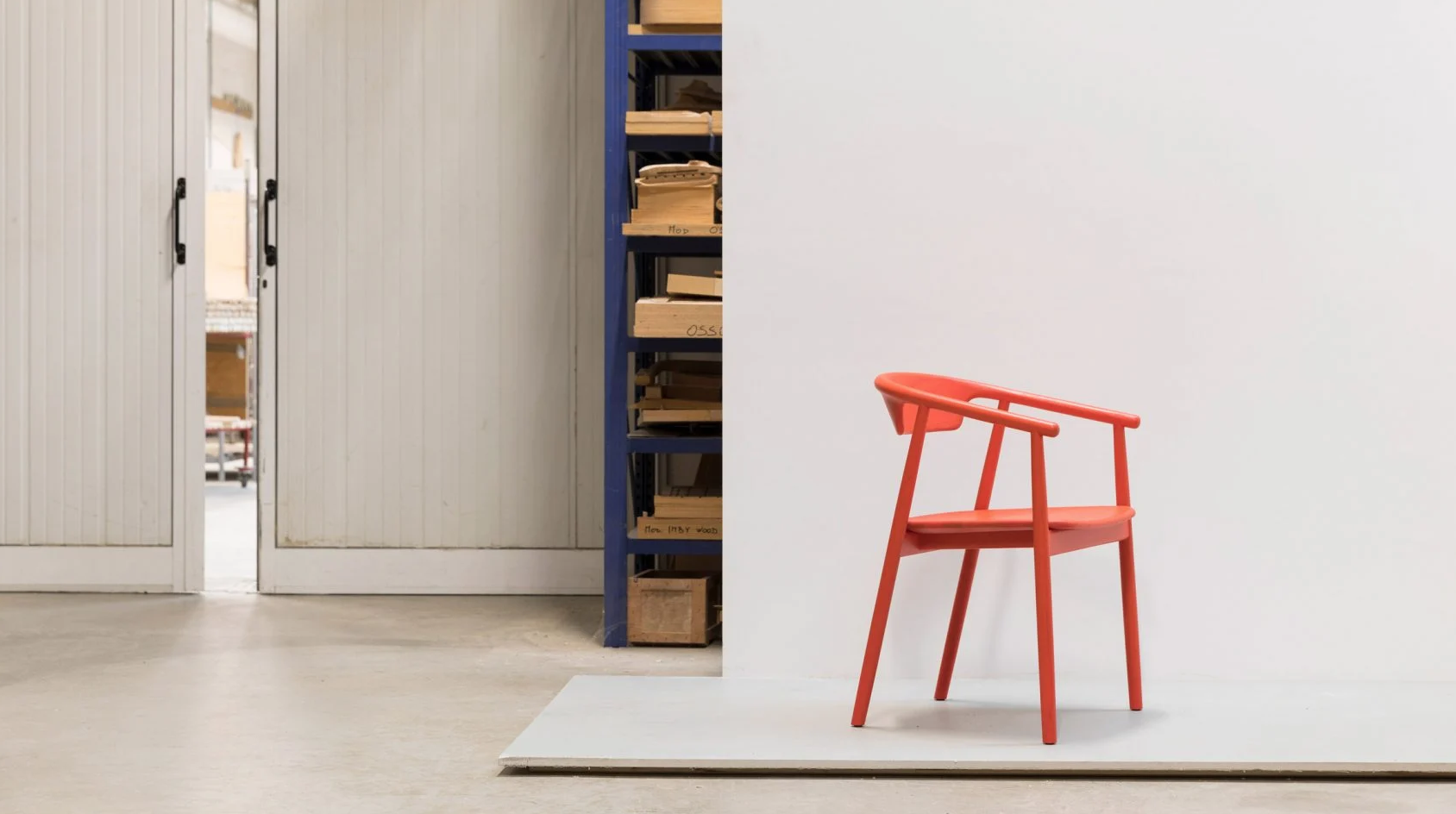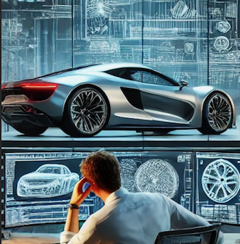

By Mitchell Frazão
When I began my career as an Industrial Designer in the early 1990s, the creative process wa
deeply hands-on. Surface modelling software existed but was in its infancy and rarely taught in
design schools. My daily work revolved around marker renderings and handcrafted prototypes,
essential skills for communicating and refining ideas.
A mentor’s advice changed my trajectory. He urged me to learn 3D surface modelling software to
expand my opportunities. That insight proved invaluable as the industry began shifting from
manual techniques to digital workflows.
A clear example of this shift is automotive design. Traditionally, the process relied on hand-drawn
sketches, technical line drawings, and clay models, offering designers a direct, tactile connection
with their work. However, as technology advanced, hands-on craftsmanship declined. What once
took weeks could now be achieved in days.
By 2002, I was working as a surface modeller for an automotive design studio in California. At the
time, digital tools complemented traditional methods rather than replacing them. Concepts were
first drawn in 2D software and then sculpted in clay once selected. Designers and modellers
refined their ideas physically, surrounded by sketches that guided the process. Before a final
build, clay models were scanned and reverse-engineered into digital form, where I played a
crucial role as a digital surface modeller.
But as 3D modelling software advanced, digital workflows became dominant.
COVID-19 accelerated this transition. When studios shifted to remote work, digital tools became
the only way to collaborate. The realization that digital processes were faster and more efficient
led to a reduced demand for clay modelling.
Yet, this transition was not seamless. Early adopters of digital workflows struggled with
communication gaps. Unlike a physical model, which remained in a studio for reference, digital
files could disappear once a modeller logged off. Younger designers, fluent in digital tools, helped
bridge this gap by integrating new workflows.
Artificial intelligence (AI) is now pushing design in a new direction. No longer just a support tool,
AI actively contributes to the creative process. Designers can generate dozens of concept
variations in seconds, streamlining the ideation phase.
However, this raises concerns about originality. If AI accelerates ideation but removes
foundational creative steps, designs risk becoming predictable, shaped by algorithms rather than
human insight. AI optimizes based on past data, which can lead to repetitive results.
To maintain artistic integrity, designers use AI as a collaborator rather than a substitute.
Emotional depth, problem-solving, and creative intuition remain essential in shaping meaningful
designs.
The design industry now faces an overwhelming variety of digital tools. Each software caters to
different disciplines, often creating fragmented workflows.
Designers must focus on:
There will always be a need to simplify workflows and processes in the design industry, but
technology should be an extension of human creativity, not a replacement for it.
The future of design isn’t about choosing between traditional and digital methods, it’s about
integrating them effectively. While technology enhances efficiency and serves as an extension of
human creativity, designers preserve the artistic integrity that makes design truly impactful.
The author is a Canadian industrial designer who graduated from OCADU in 1992. He began his
career as a product designer in Canada before moving to the U.S., where he has spent over 20
years specializing in automotive design in California. Over the years, he has developed expertise
in digital surface modelling.